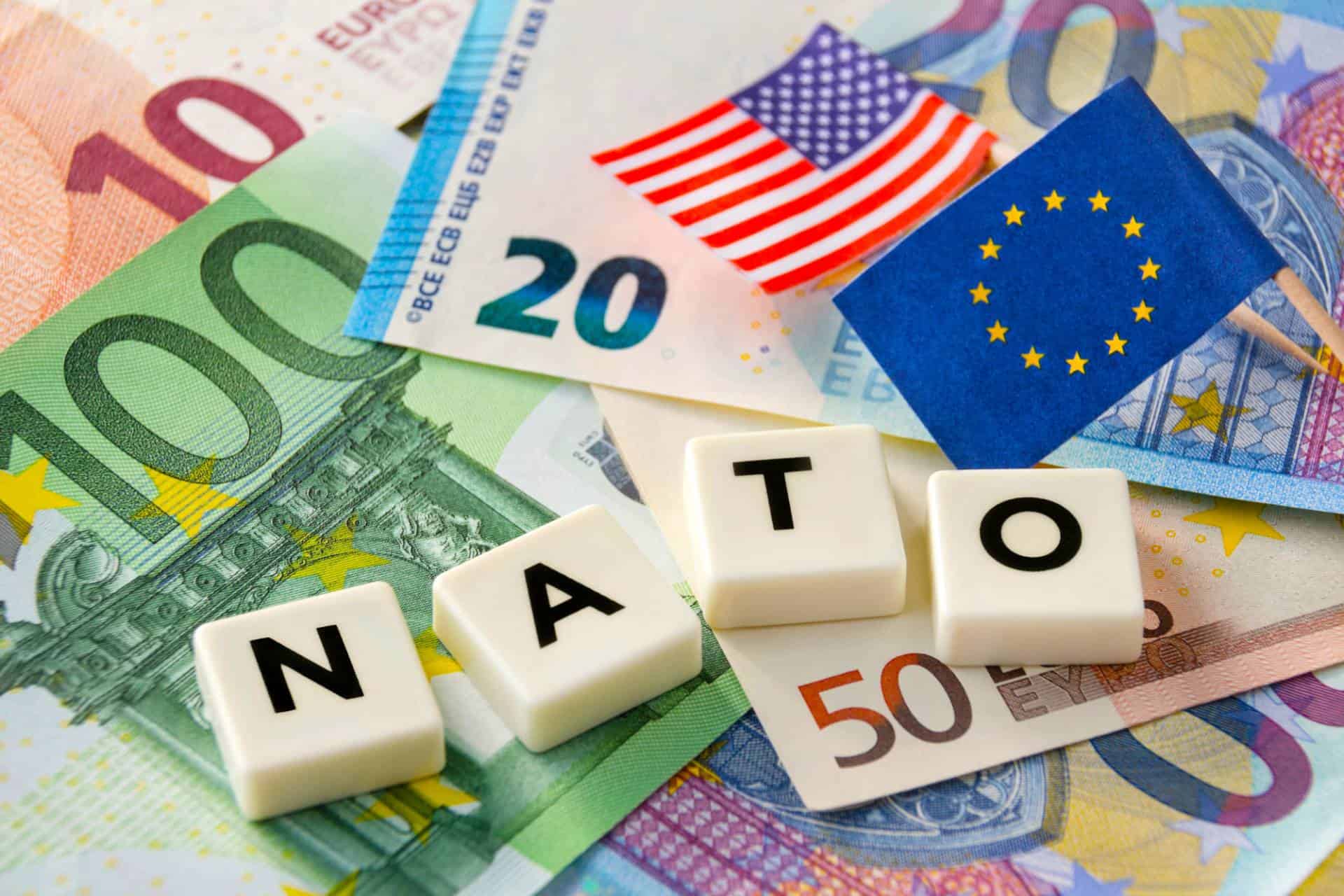
This following is a breakdown of how the nations within NATO actually relate to eachother in terms of both defense spending and gross domestic product. More importantly, it also indicates the massive rift in how the European nations view defense spending and allocate their money accordingly.The NATO members in Europe that consistently spent the most on their military were:
- United Kingdom:
- Annual Military Spending: Approximately $61.8 billion
- % of GDP: Approximately 2.4%
- France:
- Annual Military Spending: Approximately $50.9 billion
- % of GDP: Approximately 2.1%
- Germany:
- Annual Military Spending: Approximately $51.3 billion
- % of GDP: Approximately 1.4%
- Italy:
- Annual Military Spending: Approximately $28.9 billion
- % of GDP: Approximately 1.5%
- Spain:
- Annual Military Spending: Approximately $13.8 billion
- % of GDP: Approximately 1.1%
- Turkey:
- Annual Military Spending: Approximately $20.5 billion
- % of GDP: Approximately 2.6%
- Poland:
- Annual Military Spending: Approximately $11.2 billion
- % of GDP: Approximately 2.1%
- Netherlands:
- Annual Military Spending: Approximately $12.2 billion
- % of GDP: Approximately 1.4%
- Belgium:
- Annual Military Spending: Approximately $5.9 billion
- % of GDP: Approximately 0.9%
- Norway:
- Annual Military Spending: Approximately $7.7 billion
- % of GDP: Approximately 1.8%
Additionally, some countries in Europe, particularly those with smaller populations, may have lower absolute military expenditures but higher percentages of their GDP allocated to defense.










